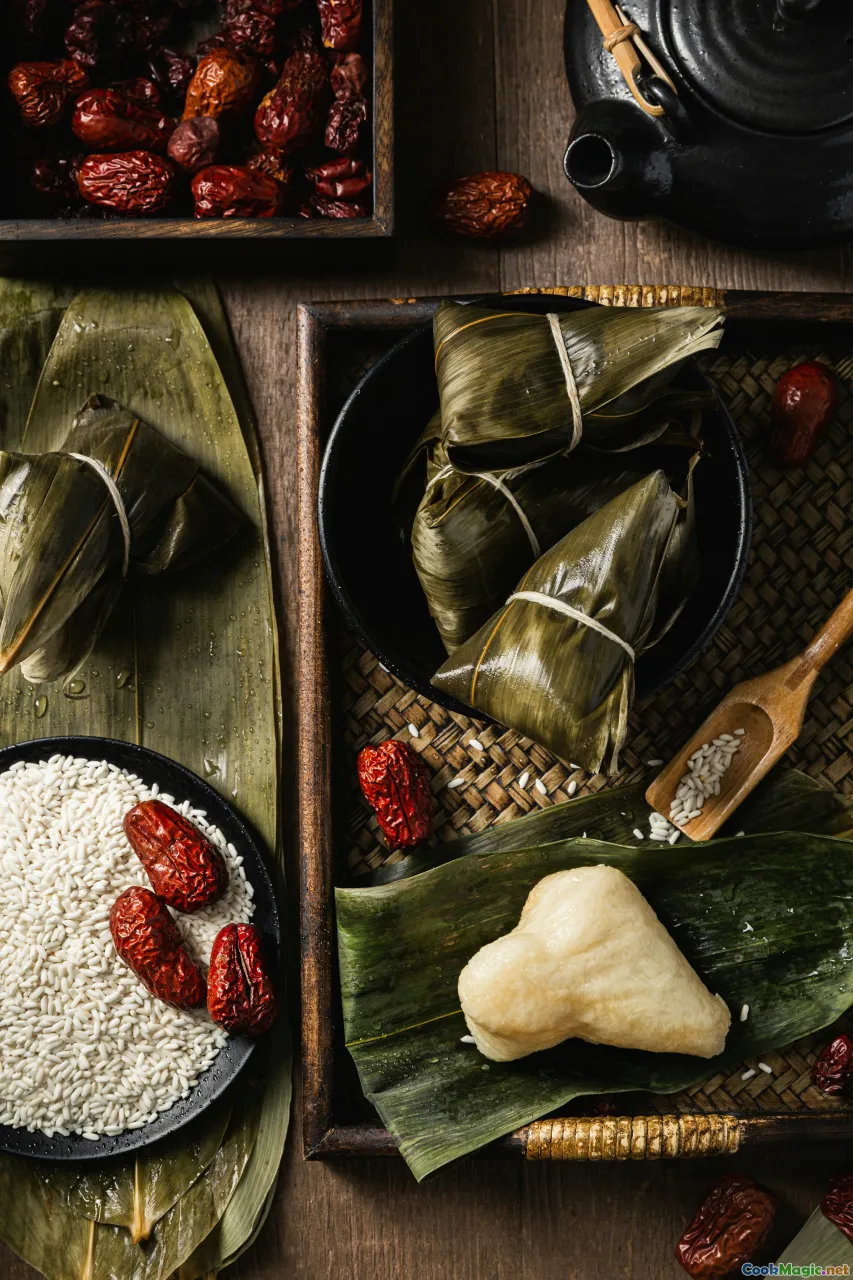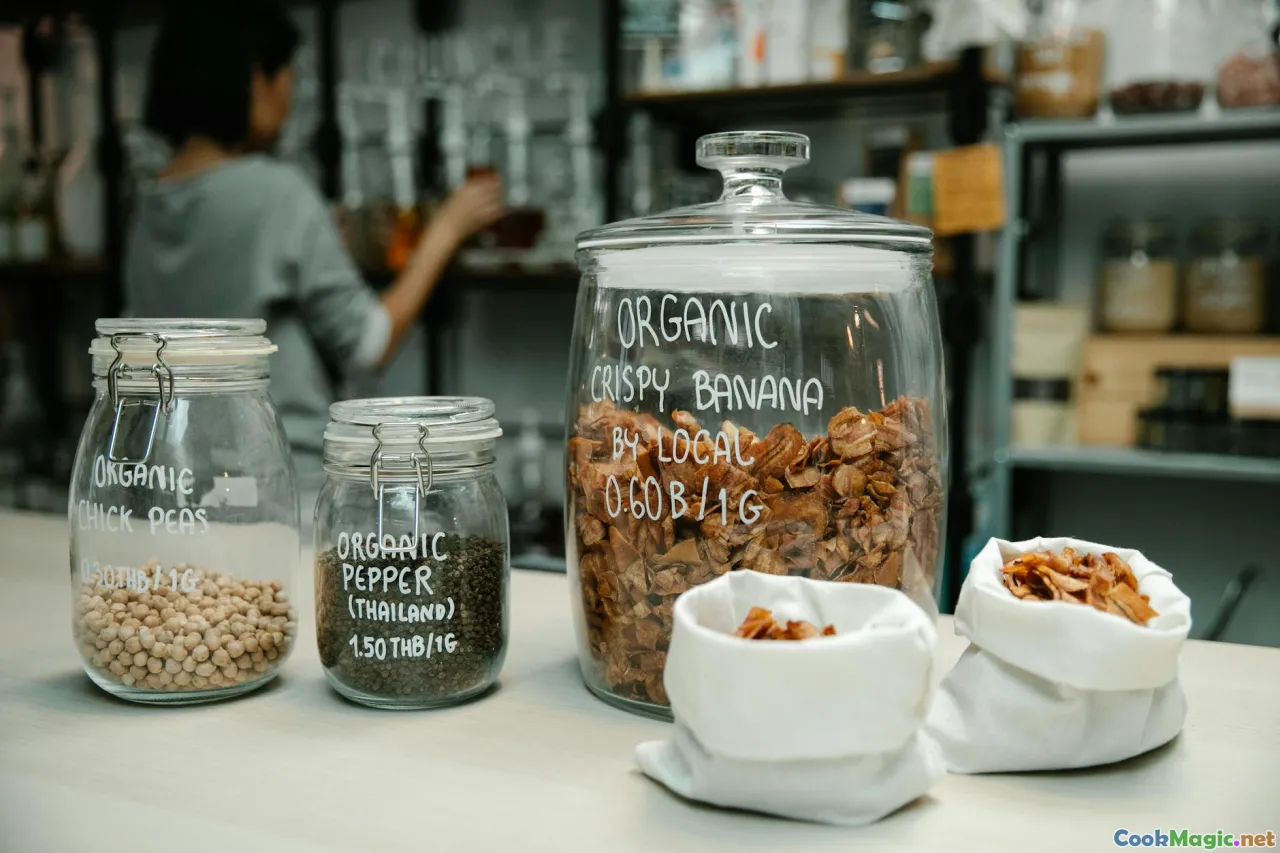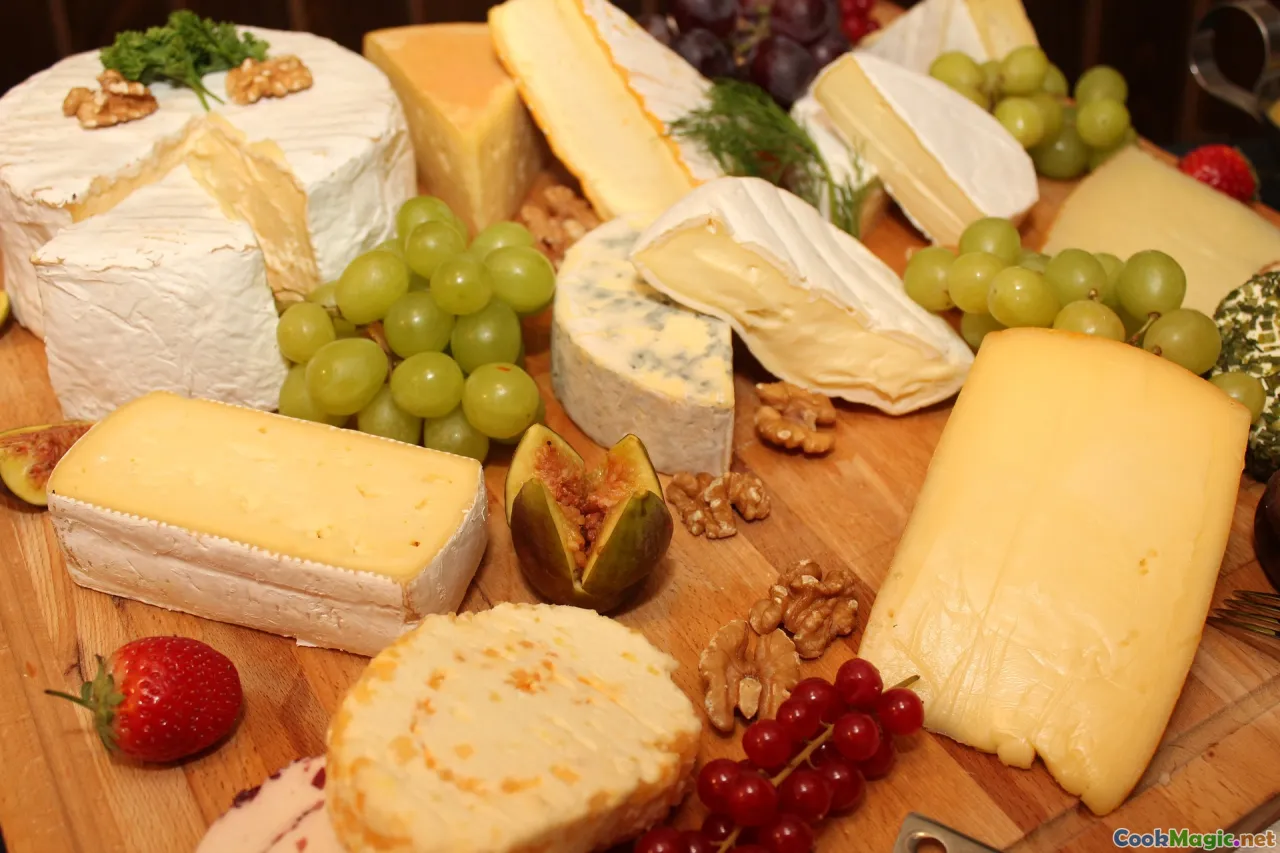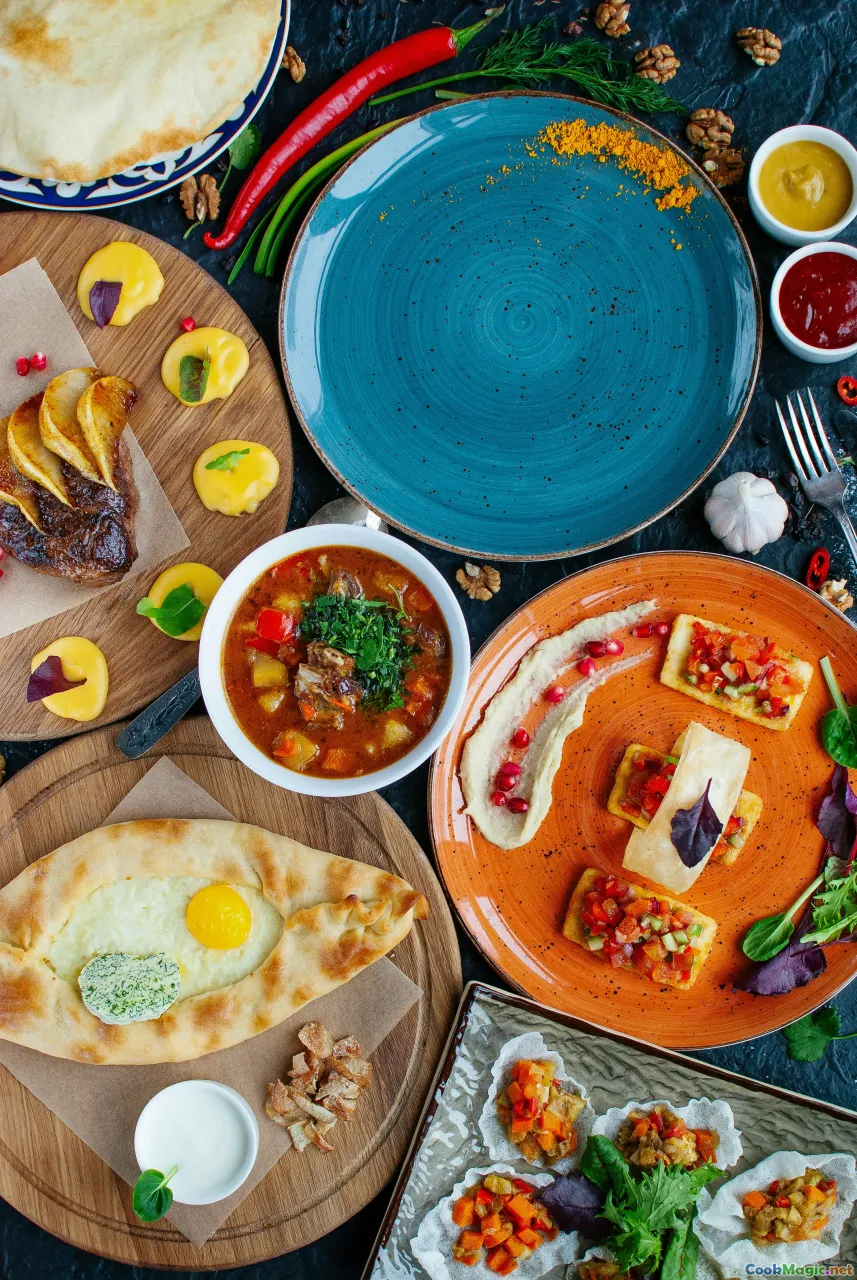Scaling Up Plant Based Recipes for Catering Events
10 min read A guide to successfully scaling plant-based recipes for large catering events, ensuring flavor and quality thrive at every serving. August 01, 2025 15:05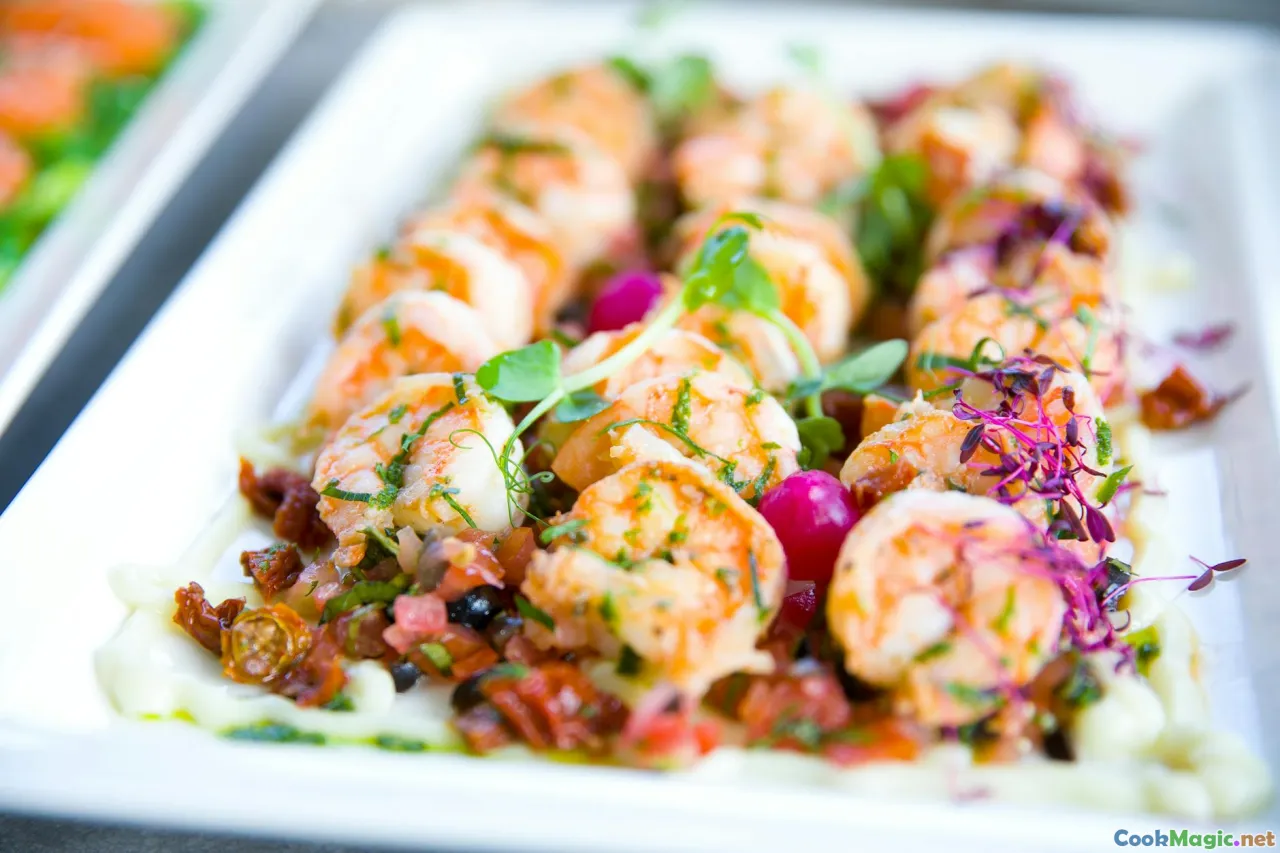
Scaling Up Plant-Based Recipes for Catering Events
As the global palate shifts toward more sustainable, health-conscious, and compassionate eating, plant-based cuisine has transitioned from niche to mainstage. Catering providers now find themselves at the cusp of an exciting frontier: transforming beloved plant-based recipes into expansive, savory, and visually stunning culinary experiences for large gatherings. Scaling up isn’t merely about adjusting ingredients; it’s about respecting the soul of each dish while mastering the technical nuances of large-batch preparations.
In this guide, we’ll explore how chefs and caterers can, with confidence and creativity, bring vibrant plant-based menus to life for events—from intimate farm-to-table gatherings to grand festivals—delivering flavor, texture, and cultural authenticity that leave guests enchanted.
The Cultural Tapestry of Plant-Based Cuisine
Plant-based cooking isn’t just a dietary choice; it’s a culinary voyage that spans centuries, continents, and cultures. From the aromatic, spice-laden curries of India to the hearty, fermented dishes of Korea, from Mediterranean mezze platters bursting with hummus and falafel to the wholesome grain bowls of the Pacific Northwest, plant-based cuisine is rich in history and symbolism.
Understanding this cultural tapestry not only enriches your menu but also informs authentic preparation techniques and flavor profiles. Incorporating traditional methods—such as fermenting vegetables for probiotic-rich miso or using smoky preserved ingredients—can elevate large-scale dishes with depth and storytelling.
Personal insight: I recall my first catered Indian vegetarian buffet, where each dish—spicy chana masala, coconut-infused sambar, and crisp papads—evoked a whirlwind of sensory memories, proof that embracing culture elevates plant-based caterings from mere sustenance to emotional experiences.
The Art of Scaling: From Small Batch to Large Batch
Scaling recipes for catering isn’t a simple multiplication. It demands understanding the functional differences between small and large batch cooking, especially for plant-based ingredients, which can behave differently when cooked in bulk.
Key considerations include:
- Ingredient ratios: Adjust seasonings and spices carefully; what’s perfect in a small bowl can become overpowering or under-flavored when scaled up.
- Textural management: crispy elements—like roasted chickpeas or toasted nuts—may need adjustments to maintain crunch, perhaps by adding toppings just before serving.
- Moisture and binding agents: Binders like flaxseed or aquafaba behave differently in larger quantities; testing batches beforehand is essential.
- Cooking equipment: Large convection ovens, industrial mixers, and massive sauté pans influence heat distribution and timing.
Personal example: Preparing a massive batch of Moroccan-inspired chickpea tagine, I found that stirring in fresh herbs at the end preserved vibrant flavor and fragrance, preventing them from becoming bitter in the extended cooking process.
Ingredient Sourcing and Sustainability for Large Events
Scaling up demands thoughtful sourcing. Procuring authentic, seasonal, and local produce is key to flavor and sustainability.
Tips include:
- Build relationships with local farmers and co-ops to access bulk quantities of vegetables, grains, and legumes that are fresh and environmentally friendly.
- Opt for heirloom and indigenous varieties for authenticity and flavor complexity.
- Consider frozen, dried, or preserved ingredients when fresh options aren’t available in large quantities; these can be just as nutritious and versatile.
- Adopt eco-conscious packaging and composting practices to minimize environmental impact.
Real-world example: For a summer solstice festival, sourcing heirloom tomatoes and fresh basil locally allowed us to craft caprese salads and gazpachos bursting with flavor, all while reducing carbon footprint.
Creative Large-Scale Dish Development
Designing appealing, cohesive, and innovative plant-based dishes on a grand scale requires creativity and precision.
Strategies include:
- Drop-in classics with a twist: A lentil shepherd’s pie topped with sweet potato mash provides comfort with a vibrant hue.
- Layering flavors and textures: Think Mexican quinoa-stuffed peppers with smoky chipotle sauce, layered with crunchy slaw.
- Use of assembly stations: Build-your-own bowls or tacos encourage guest interaction, highlight freshness, and add visual dynamism.
- Color and presentation: Use bright vegetables, edible flowers, and strategic garnishes to create visually stunning spreads that excite the eyes.
My personal favorite: A towering vegan bánh mì platter, with marinated tofu, pickled vegetables, fresh herbs, and crusty baguette slices, which holds rich cultural connotations while being a crowd-pleaser.
Food Safety and Quality Control at Scale
When serving dozens or hundreds, safety and quality are paramount.
Best practices include:
- Establish strict protocols for temperature control during holding, transport, and assembly.
- Use calibrated thermometers and steam tables to ensure perishable items stay within safe temperature ranges.
- Prevent cross-contamination by color-coded utensils and separate prep areas.
- Implement batch tracking for ingredients, making sure each dish maintains consistency.
- Staff training in safe handling, proper sanitation, and allergy awareness.
Personal insight: During a large outdoor vegetarian festival, maintaining the crispness of fresh greens and coolness of dips required meticulous planning and portable refrigeration units—small details, but vital for guest satisfaction.
Final Touches: Presentation and Service
The alimentary journey doesn’t end at flavor—it’s an artistic expression. Presentation elevates the perception, especially on large spreads.
Tips for impactful presentation:
- Vary heights and layers to create visual interest.
- Incorporate local, eco-friendly servingware to align with sustainability values.
- Use edible garnishes like microgreens, edible flowers, sliced citrus, or pomegranate seeds to add spark.
- Offer interactive elements such as DIY salad bars or condiment stations, making each plate customizable.
A colorful, mosaic-like rice paper roll platter with vibrant vegetables, herbs, and sauces served alongside rustic bowls of hummus and dips can turn a simple table into a visual feast.
Bringing plant-based recipes to larger audiences isn’t just about quantity; it’s about passion, precision, and a deep respect for culinary diversity. With thoughtful planning, authentic ingredients, safety consciousness, and creative presentation, catering on a large scale can become an inspiring expression of global cuisine—one that nourishes both body and soul.
As you venture into scaling your plant-based creations, remember: each dish is a story waiting to be told, a memory waiting to be made. Happy catering!—and may your tables be bountiful, beautiful, and utterly delicious.
